You are using an out of date browser. It may not display this or other websites correctly.
You should upgrade or use an alternative browser.
You should upgrade or use an alternative browser.
Why cut asschers with small corners and windmills?
- Thread starter strmrdr
- Start date
- Status
- Not open for further replies. Please create a new topic or request for this thread to be opened.
- Joined
- Oct 21, 2004
- Messages
- 5,096
- Joined
- Oct 21, 2004
- Messages
- 5,096
- Joined
- Oct 21, 2004
- Messages
- 5,096
Strmrdr,Date: 2/20/2008 8:34:21 PM
Author: strmrdr
for the curious:
''Additional features in new version of DiamCalc include ETAS images (effective total angular size) which at a glance give a good indication of where a diamond can gather light that creates brightness and sparkle.''
Serg, how would you rate the potential of that combo based on the ETAS image?
There are two important ETAS metrics
1) Total surface of "Flashes"( co-virtual facets)
2) Distance between co-virtual facets
I changed ratio for you cut( current is 1.5)
Do you see difference?
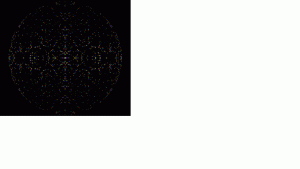
DiaGem,Date: 2/22/2008 7:18:23 AM
Author: DiaGem
Serg..., nice virtual ''color dispersion!!!''
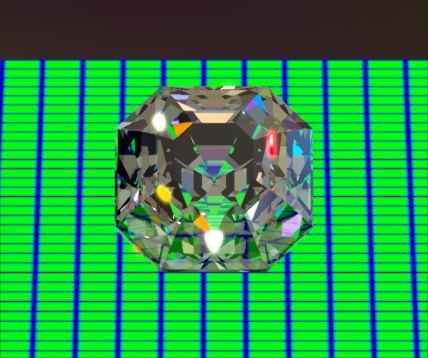
I am thinking to start sell virtual diamonds .
just One problem , I can not receive Kimberly Process certificate.

- Joined
- Oct 21, 2004
- Messages
- 5,096
No need..., KP only for rough...Date: 2/22/2008 8:16:07 AM
Author: Serg
DiaGem,Date: 2/22/2008 7:18:23 AM
Author: DiaGem
Serg..., nice virtual ''color dispersion!!!''

I am thinking to start sell virtual diamonds .
just One problem , I can not receive Kimberly Process certificate.

But I must admit..., your Diamonds are beautiful!

Serg..., can you explain to me more about ETAS?
Diagem,
did you see below materials:
http://www.gemology.ru/cut/english/conferens-article/7.htm
"ETAS
"
http://www.gemology.ru/cut/english/conference_posters/5.htm
http://journal.pricescope.com/Articles/50/5/Letter-to-the-Editor-of-the-Australian-Gemmologist.aspx
did you see below materials:
http://www.gemology.ru/cut/english/conferens-article/7.htm
"ETAS
A part form Basic Light Responses that are strongly dependant on illumination conditions we introduce a new type of BLR not dependent on illumination but describing fundamental cut properties - the possibility of a cut diamond to increase the visible part of space.
A diamond is an optical instrument that redirects light from illumination sources and distributes it into surrounding space. A diamond splits a light beam into several smaller (secondary) beams; their effective total angular size (ETAS) may be greater or smaller than that of the primary one.
An increment in number of virtual facets can result in an increase or a decrease of ETAS. While the number of facets is small enough, ETAS grows with the number.
A decrease of ETAS begins when the size of virtual facets becomes so small that blinding reduces the brightness of primary source to the level comparable to that of secondary sources.
It is important to evaluate light response of diamonds as they are perceived by the human mind. Two important effects are that light rays are not simple parallel beams, the simplification used by scientists and most ray tracing software (see fig. 7). Secondly, as we have shown, the eye is not an objective measuring device. But not only does it suffer (or enjoy) perceptual variations, it also has its own geometry of lens and receptors.
"
http://www.gemology.ru/cut/english/conference_posters/5.htm
http://journal.pricescope.com/Articles/50/5/Letter-to-the-Editor-of-the-Australian-Gemmologist.aspx
strmrdr
Super_Ideal_Rock
- Joined
- Nov 1, 2003
- Messages
- 23,295
kewl c1 height and p1 depth being the biggest difference.Date: 2/22/2008 7:19:50 AM
Author: DiaGem
Actual - virtual profile...
DC makes it hard too change them.
Hopefully with the next versions cut designer I can overcome that.
- Joined
- Oct 21, 2004
- Messages
- 5,096
Changed how? and why? (is it because of TD%?)Date: 2/21/2008 8:12:55 PM
Author: strmrdr
Just found out the PS search engine wont go under 40% table lolDate: 2/21/2008 6:55:07 PM
Author: DiaGem
Depending on the sales numbers..., what do you think a Diamond like this can fetch?
This one example is a D-E, VS/VVS. (according to my humble grading...)
Internet pricing of well cut conventional asschers in the .75-.79 range is topping out per ct at:
D VVS2 $5564
D VS1 $5473
E VVS2 $5436
E VS1 $4973
........................
RA would be about 35%+ over that.
It would depend on what kind of volume one wanted too move.
For limited production and sold as a custom match RA
I think 20% over would be more reasonable.
Im not good at setting prices because I always want too give people the best deal over being money hungry.
If put in production Id like to see the p3 angle changed slightly.
strmrdr
Super_Ideal_Rock
- Joined
- Nov 1, 2003
- Messages
- 23,295
why: To enlarge the light return area a bit around the culet.Date: 2/22/2008 12:24:49 PM
Author: DiaGem
Changed how? and why? (is it because of TD%?)
how: 31 degrees works, im going to play with 31 to 33 and find a nice balance point.
Mainly to give it some leeway, your cutting pulled it off but get a facet miss and it could go dark center.
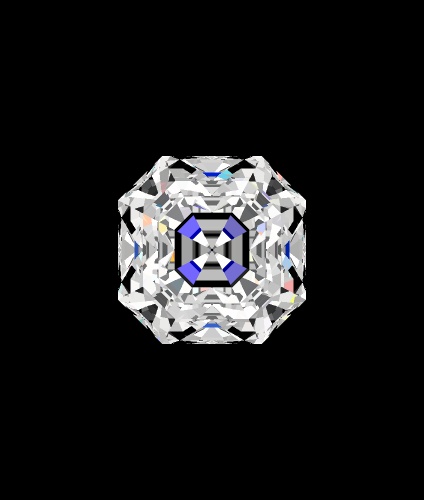
- Joined
- Oct 21, 2004
- Messages
- 5,096
Hey Storm..., If you are going to practice on it..., try coming up with a few models combinations...,Date: 2/22/2008 12:53:46 PM
Author: strmrdr
why: To enlarge the light return area a bit around the culet.Date: 2/22/2008 12:24:49 PM
Author: DiaGem
Changed how? and why? (is it because of TD%?)
how: 31 degrees works, im going to play with 31 to 33 and find a nice balance point.
Mainly to give it some leeway, your cutting pulled it off but get a facet miss and it could go dark center.

Need to be practical..., and practical means ...., RANGE and TOLLERANCE!
Keep me posted,
- Joined
- Oct 21, 2004
- Messages
- 5,096
BTW fyi..., on the actual Asscher at least 2 of P3 are 31 degrees, the other two are maybe 30 (for creating the pointed culet...)Date: 2/22/2008 12:53:46 PM
Author: strmrdr
why: To enlarge the light return area a bit around the culet.Date: 2/22/2008 12:24:49 PM
Author: DiaGem
Changed how? and why? (is it because of TD%?)
how: 31 degrees works, im going to play with 31 to 33 and find a nice balance point.
Mainly to give it some leeway, your cutting pulled it off but get a facet miss and it could go dark center.
Remember those (your numbers):
p
52
41
31 ch 24.3 -The CH is actually 23.9%
td: 75.7 -Based on my manual measuring the TD is exactly the same 75.7%
t 40% -The table went down to 27% (due to step sizes...)
strmrdr
Super_Ideal_Rock
- Joined
- Nov 1, 2003
- Messages
- 23,295
wish you had a helium scanner that would make this easier.Date: 2/22/2008 1:37:48 PM
Author: DiaGem
BTW fyi..., on the actual Asscher at least 2 of P3 are 31 degrees, the other two are maybe 30 (for creating the pointed culet...)
Remember those (your numbers):
p
52
41
31 <--- note change here.
ch 24.3 -The CH is actually 23.9%
td: 75.7 -Based on my manual measuring the TD is exactly the same 75.7%
t 40% -The table went down to 27% (due to step sizes...)
hmmmm
Know anyone with the top end sarin scanner that can generate a srn file of it for you?
That would allow me too more closely model what was cut as a base for tolerance testing.
Diagem,Date: 2/22/2008 1:52:57 PM
Author: strmrdr
wish you had a helium scanner that would make this easier.Date: 2/22/2008 1:37:48 PM
Author: DiaGem
BTW fyi..., on the actual Asscher at least 2 of P3 are 31 degrees, the other two are maybe 30 (for creating the pointed culet...)
Remember those (your numbers):
p
52
41
31 <--- note change here.
ch 24.3 -The CH is actually 23.9%
td: 75.7 -Based on my manual measuring the TD is exactly the same 75.7%
t 40% -The table went down to 27% (due to step sizes...)
hmmmm
Know anyone with the top end sarin scanner that can generate a srn file of it for you?
That would allow me too more closely model what was cut as a base for tolerance testing.
Just publish better profile photo
1) Sharp
2) Front light should not be very bright( No flashes)
3) White background
4)Table is horizontal
We will try measure angles( I think we can achieve accuracy 0.5 degree
)
- Joined
- Oct 21, 2004
- Messages
- 5,096
I did..., and I have it on pdf..., I have no idea how to post pdf''sDate: 2/22/2008 2:10:00 PM
Author: Serg
Try do print screen from OGI monitor
but :
1) Add a litle bit front or top light( any external lamp). I need see front edges
2) find right rotation angle( minimum projection. side facets should not been seen)

But..., the numbers are sooooooooo..., off!!!

- Joined
- Oct 21, 2004
- Messages
- 5,096
- Joined
- Oct 21, 2004
- Messages
- 5,096
Diagem,Date: 2/22/2008 2:18:30 PM
Author: DiaGem
I did..., and I have it on pdf..., I have no idea how to post pdf''sDate: 2/22/2008 2:10:00 PM
Author: Serg
Try do print screen from OGI monitor
but :
1) Add a litle bit front or top light( any external lamp). I need see front edges
2) find right rotation angle( minimum projection. side facets should not been seen)
But..., the numbers are sooooooooo..., off!!!..., especially the angles and angle pointing to wrong facets...
I do not need OGI report
I need real photo of real diamond.
On OGI monitor you should see profile photo
take Print Scrn, Open for example "Piant", save in jpg
- Joined
- Oct 21, 2004
- Messages
- 5,096
In the mean time I have another profile shot that was not posted yet..., is the angle of pic. still no good?Date: 2/22/2008 2:34:05 PM
Author: Serg
Diagem,Date: 2/22/2008 2:18:30 PM
Author: DiaGem
I did..., and I have it on pdf..., I have no idea how to post pdf''sDate: 2/22/2008 2:10:00 PM
Author: Serg
Try do print screen from OGI monitor
but :
1) Add a litle bit front or top light( any external lamp). I need see front edges
2) find right rotation angle( minimum projection. side facets should not been seen)
But..., the numbers are sooooooooo..., off!!!..., especially the angles and angle pointing to wrong facets...
I do not need OGI report
I need real photo of real diamond.
On OGI monitor you should see profile photo
I didnt notice the profile picture..., only the shaded when being scanned...
take Print Scrn, Open for example ''Piant'', save in jpg
I will try again on Monday when I am in the office...
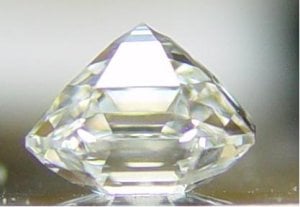
- Joined
- Oct 21, 2004
- Messages
- 5,096
DiaGem,Date: 2/23/2008 3:34:04 AM
Author: DiaGem
Serg..., as per this specific picture..., you notice the difference only in C1?
I see similar difference for C2 too
- Joined
- Oct 21, 2004
- Messages
- 5,096
It looks like the difference in step facet width or size...Date: 2/23/2008 3:48:55 AM
Author: Serg
DiaGem,Date: 2/23/2008 3:34:04 AM
Author: DiaGem
Serg..., as per this specific picture..., you notice the difference only in C1?
I see similar difference for C2 too
- Status
- Not open for further replies. Please create a new topic or request for this thread to be opened.
Share:
How to Buy the Best $25,000 Engagement Ring: A Smart Shopper’s Guide
How to Buy the Best $25,000 Engagement Ring: A Smart Shopper’s Guide - 02/24

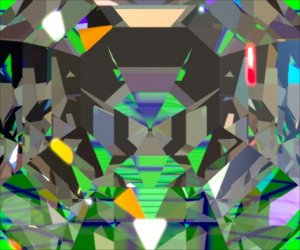
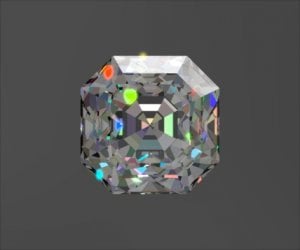
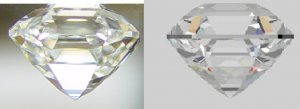

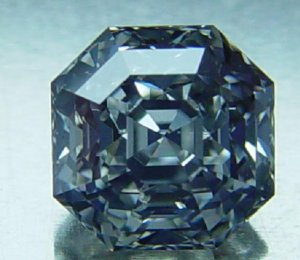
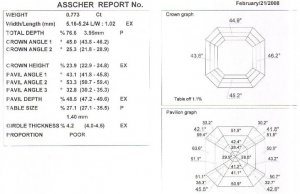
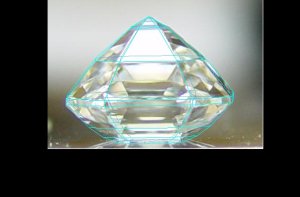
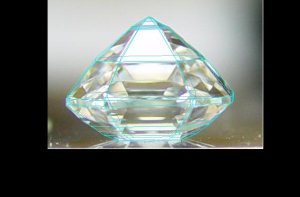
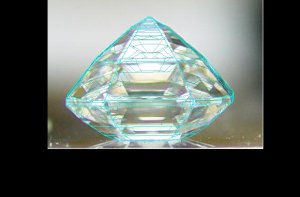
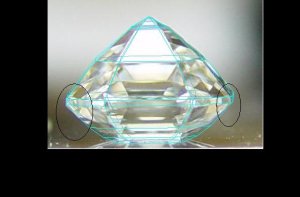


300x240.png)